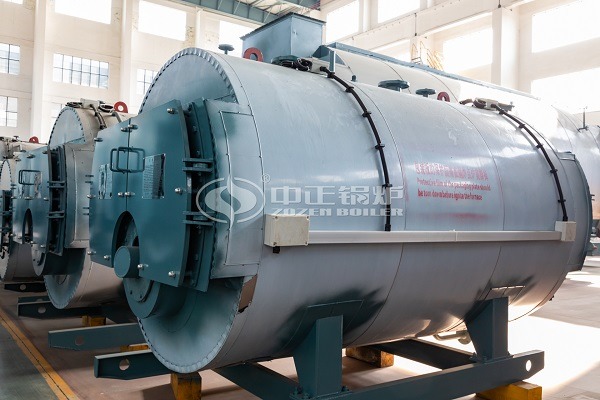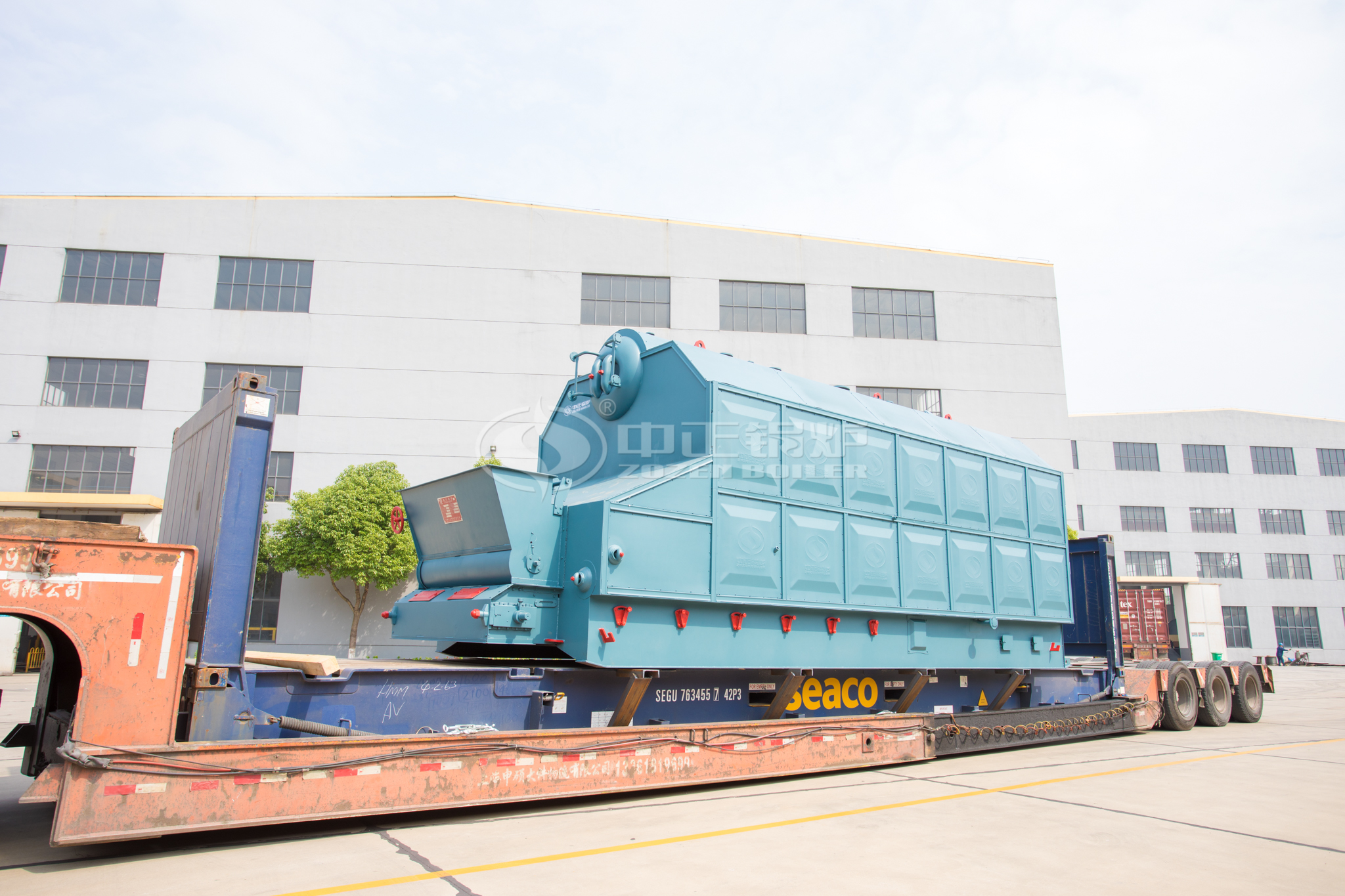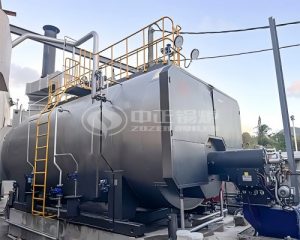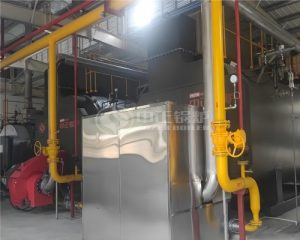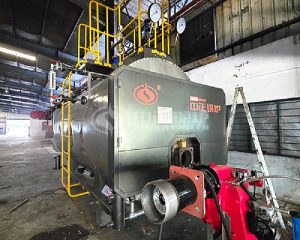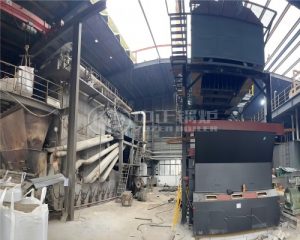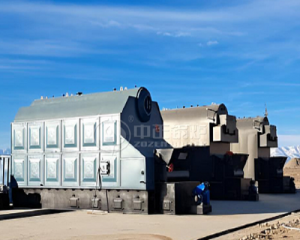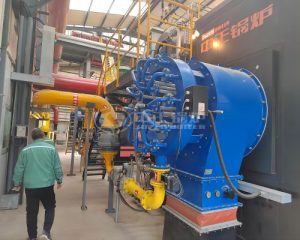Currently, thermal fluid heater boilers are widely used in various indirect heating processes. By using petroleum fluids as heat transfer medium, these heaters provide constant temperature. The combustion system consists of a fixed grate with a mechanical venting device.
Modern oil-fired thermal fluid boilers consist of a double-coil, three-way construction and a pressure injection system. The thermal fluid as heat carrier is heated in the heater and circulated in the user equipment. The fluid passes through a heat exchanger to transfer heat to the process, and then the fluid returns to the heater.
The thermal fluid flow at the user end is controlled by a pneumatically controlled control valve that is based on the operating temperature. The heater operates on high or low heat depending on the return temperature, which varies depending on the system load.
The advantages of the thermal fluid heater are
- Closed operating system with minimal losses compared to steam boilers
- Operating system does not pressurize even at temperatures around 250 C compared to steam pressure requirements of 40 kg/cm2 in similar steam systems.
- Automatic control settings to provide operational flexibility.
- Good thermal efficiency because there is no heat loss due to drainage, discharge of condensate and flash steam.
The overall economics of a thermal fluid heater boiler depends on the specific application and reference basis. Thermal efficiency of 55-65% for coal-fired thermal fluid boilers. Thermal fluid heater boilers are the most comfortable to use than the most common boilers. The inclusion of a heat recovery device in the exhaust gas will further improve thermal efficiency.
